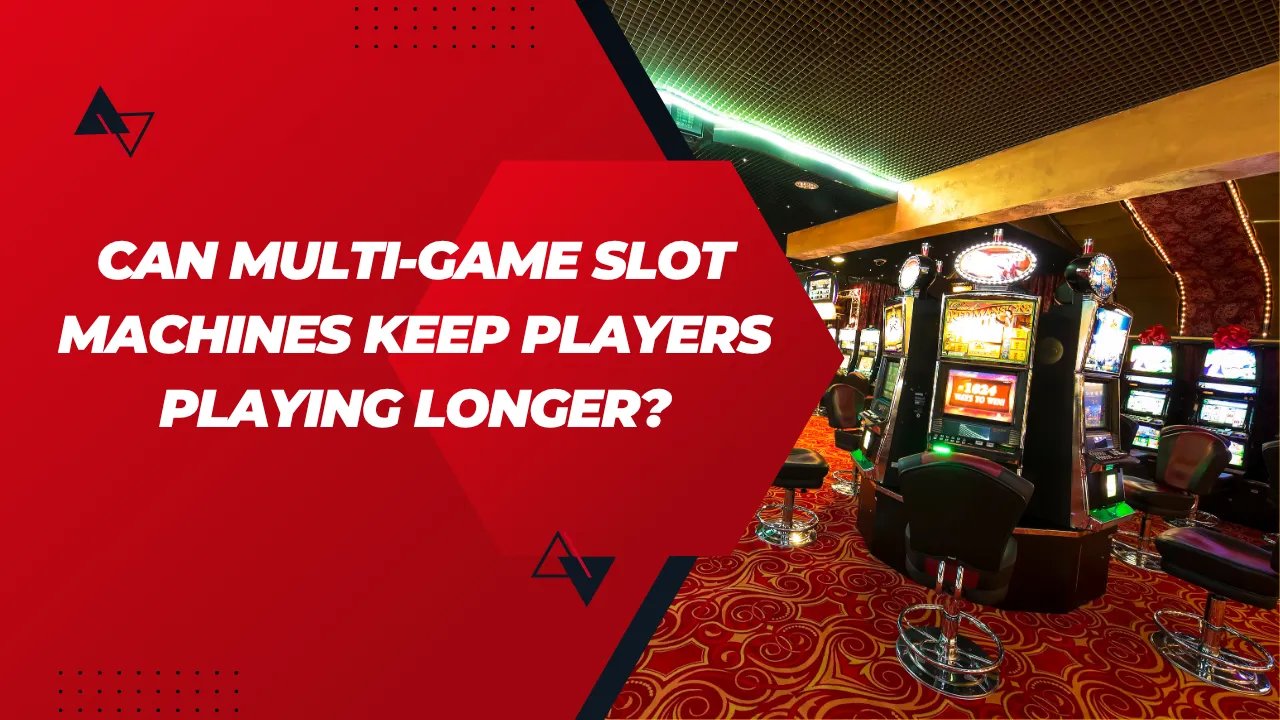Casinos are more than just places to gamble. They’re entertainment destinations designed to transport visitors into a world of glamour, excitement, and exclusivity. From marble floors and crystal chandeliers to themed architecture and lavish art installations, the interiors of many casinos are carefully curated to leave a lasting impression. But why do some casinos go to such great lengths to cultivate this sense of luxury?
Having observed the industry over the years, I’ve noticed that casino design is rarely about extravagance for its own sake. Instead, these luxurious interiors serve practical business purposes, psychological strategies, and cultural storytelling — all rolled into one. Let’s break down why casinos invest millions into creating such unforgettable environments.
Attracting Guests Beyond Gambling
One of the primary reasons casinos build extravagant interiors is to appeal to guests who may not be primarily interested in gambling. Modern casinos often double as resorts, offering fine dining, shopping, concerts, and luxury accommodations.
By creating opulent spaces, these establishments ensure that even those who never touch a slot machine still find value in visiting. Grand lobbies, striking design themes, and upscale finishes create a sense of prestige that makes people feel they’re part of an exclusive experience.
Interestingly, the shift toward luxury has also paralleled changes in the online gambling space. Just as physical casinos use opulent interiors to draw crowds, digital platforms use sleek design and immersive interfaces to attract players. Many people who try new online betting sites notice how much effort goes into creating smooth, visually engaging user experiences that echo the sophistication of land-based casinos. The principle is the same: good design builds trust, encourages longer stays, and strengthens brand reputation.
Psychological Influence on Players
Luxury interiors aren’t just about appearances — they also influence how players feel and behave. Soft lighting, plush carpets, and high-quality furnishings create a comfortable environment where guests are more likely to relax and spend more time on the floor.
Research in environmental psychology shows that people behave differently in elegant surroundings compared to plain ones. When immersed in opulence, visitors often feel more affluent themselves, which can make them more willing to take financial risks. Casinos subtly use these design elements to encourage a sense of confidence and indulgence that aligns with gambling behavior.
Storytelling Through Design
Casinos also use their interiors as storytelling tools. For example, The Venetian in Las Vegas transports guests to the canals of Venice with its detailed frescoes and gondola rides, while the Bellagio is famous for its conservatory gardens and artistic water displays. These aren’t just aesthetic choices — they’re narratives that create emotional connections with visitors.
By embedding cultural or thematic stories into their interiors, casinos differentiate themselves from competitors and offer a form of escapism. Guests aren’t just gambling; they’re stepping into a fantasy world crafted through design. This approach has been so successful that many casinos have become tourist destinations in their own right, drawing visitors who come solely for the architecture and ambiance.
The Role of Comfort and Exclusivity
Luxury is also about comfort and exclusivity. High rollers and VIPs expect more than just a private gaming room — they expect finely upholstered chairs, discreet service, and surroundings that reflect their social status. For this clientele, the interior design becomes part of the product.
Casinos that cater to high-net-worth individuals know that these players are more likely to return if they feel pampered in an environment that matches their expectations of refinement. Lavish interiors, therefore, are not just investments in aesthetics but in customer retention.
Creating Memorable Experiences
In the age of social media, interiors have become marketing tools in themselves. A grand casino lobby, a glittering chandelier, or a jaw-dropping themed hallway is instantly “Instagrammable,” creating organic publicity when guests share their experiences online.
Casinos understand that luxury design isn’t just about the person standing in the room — it’s about every potential visitor who sees those images. In this way, a casino’s interior becomes part of its global branding, extending its influence far beyond its physical walls.
Cultural Expectations of Luxury
It’s also important to remember that luxury is cultural. In destinations like Macau, where gambling is deeply intertwined with prestige and social status, luxurious interiors are almost mandatory to meet cultural expectations. In Las Vegas, extravagance is part of the city’s identity, so casinos compete to outdo each other with grander designs.
This cultural lens means that opulent interiors aren’t just about standing out; they’re about fitting into the expectations of the market. A plain casino in Macau or Vegas would feel out of place, failing to meet the standards that visitors associate with these destinations.
Balancing Design with Functionality
Of course, luxury interiors must also remain functional. Casinos are carefully laid out to guide foot traffic, encourage exploration, and maximize the visibility of gaming areas. The elegance of the design is layered over practical considerations like security, surveillance, and accessibility.
Even the most beautiful casino spaces are meticulously engineered. Carpets are patterned to subtly guide people in certain directions, while ceilings and lighting are designed to keep attention focused inward, away from exits. These strategies show that luxury design isn’t just about beauty — it’s an operational tool disguised as décor.
Looking Ahead: The Future of Casino Design
As technology continues to influence entertainment, the definition of luxury in casinos is also evolving. Digital art installations, interactive displays, and immersive soundscapes are being incorporated into modern casino design. Future interiors may rely less on traditional chandeliers and more on experiential technology that blends the digital and physical worlds.
However, one thing will likely remain constant: the use of design as a psychological, cultural, and commercial tool. Luxury interiors are not superficial; they’re part of the casino’s business model, influencing behavior, attracting diverse audiences, and shaping brand identity.
Conclusion
Casinos are known for their luxurious interiors because design is a powerful part of the gaming experience. It draws in non-gamblers, influences player psychology, tells stories, creates exclusivity, and builds global recognition. More than just decoration, these lavish spaces are strategic investments that make casinos destinations in themselves.
Whether in Las Vegas, Macau, or Monaco, the splendor of a casino’s interior is as important as the games on the floor. It’s not just about where you gamble — it’s about how you feel while you’re there. That feeling of being surrounded by elegance, even for just a few hours, is what keeps visitors coming back for more.




